-
Celestial discovery: Astronomers watch a supermassive black hole awaken in real time
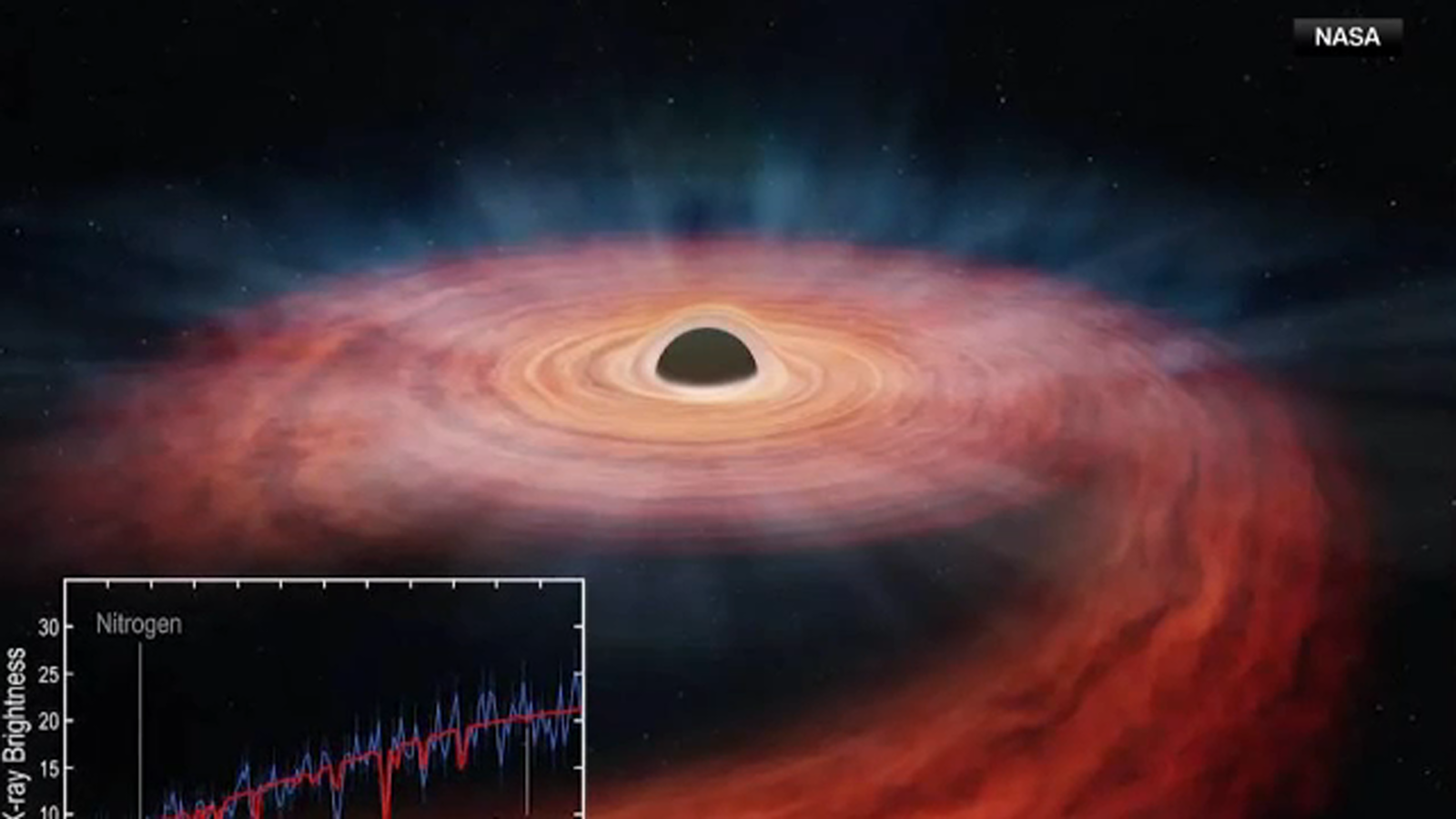
CNN — Astronomers are witnessing a never-before-seen spectacle in the cosmos: the awakening of a supermassive black hole at the center of a distant galaxy. In late 2019, a team of astronomers took notice of an otherwise unremarkable galaxy named SDSS1335+0728, 300 million light-years away in the Virgo constellation. A sudden spike in the galaxy’s…
-
The best space and astronomy Google Doodles

Anyone who has ever performed an internet search will most likely have encountered the phenomenon of the Google Doodle, a graphic or sometimes an animation at the top of the Google search page. These thought-provoking and often amusing illustrations celebrate anniversaries, events and individuals, among them a fair selection of astronomers, space missions, and astronomical…
-
15 things kids should know about space travel

Neil Armstrong was the first man on the Moon — but only a few pictures from the crew’s cameras show him on his historic moonwalk. In one of them (above), he is visible as a reflection in Buzz Aldrin’s helmet. Credit: NASA Professional and amateur astronomers alike love to share facts about our amazing universe:…
-
Supermassive black hole roars to life before astronomers’ eyes in world-1st observations
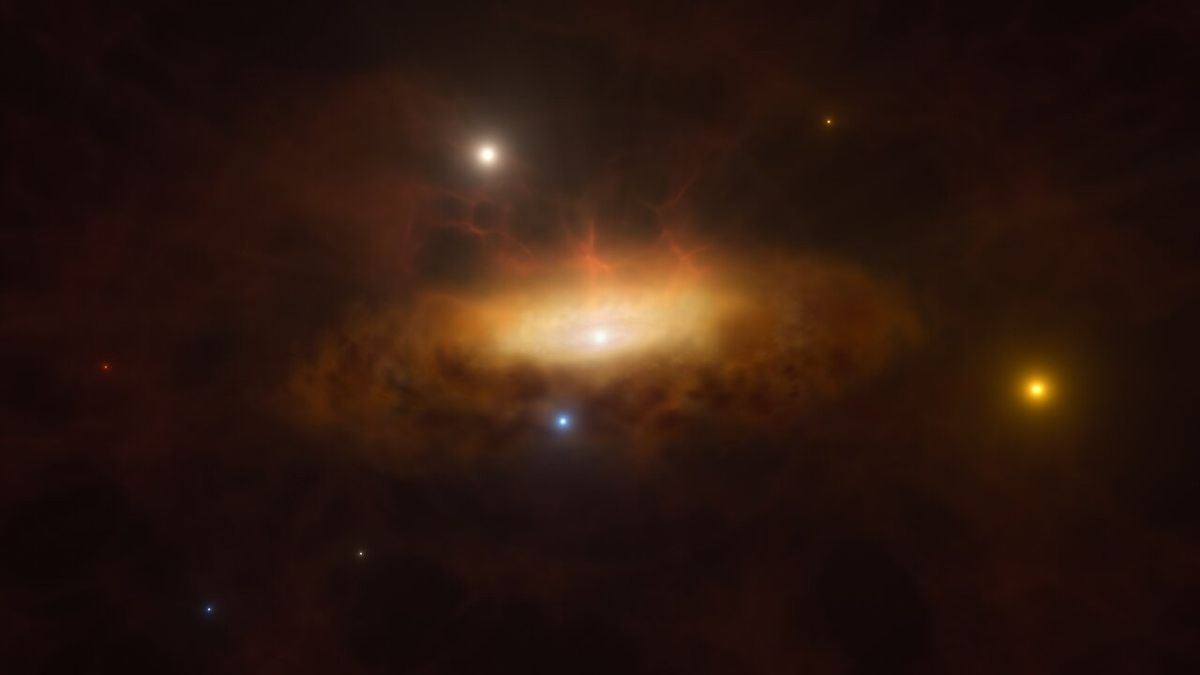
For the first time ever, astronomers have witnessed the black hole at the center of a galaxy roaring to life in real time — and they’re not sure why it happened. The awakening of the cosmic monster, which is a million times the mass of our sun and located 300 million light-years away inside the…
-
Astronomers discover the 1st-ever merging galaxy cores at cosmic dawn
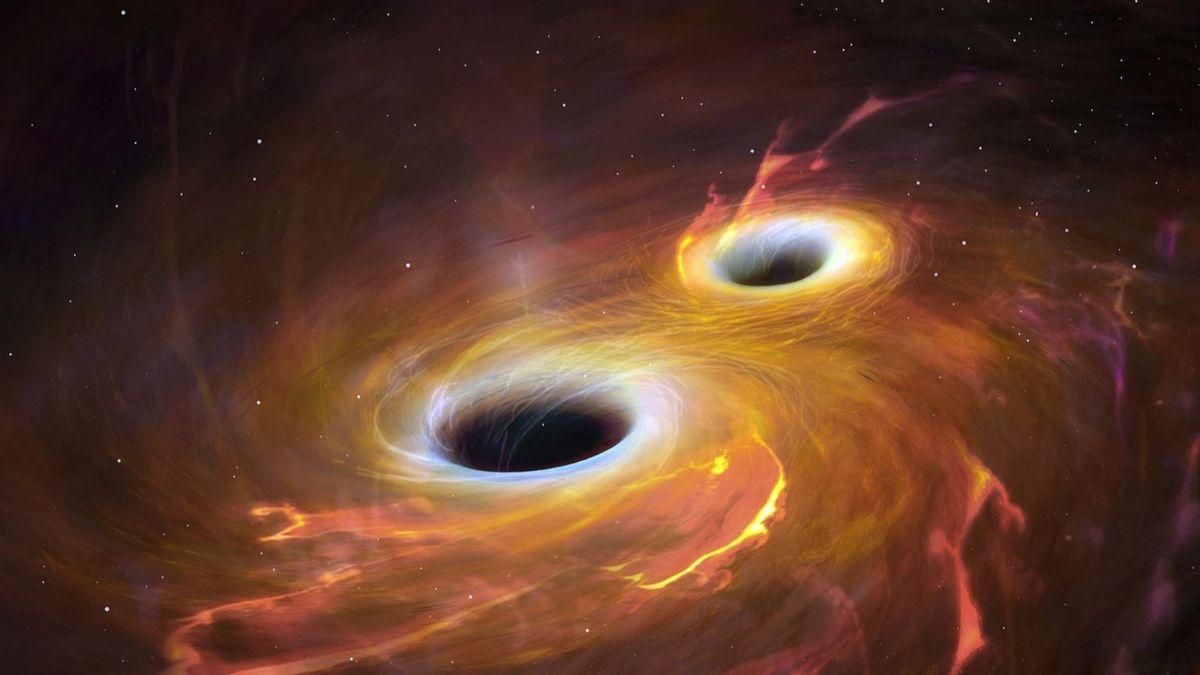
Astronomers have spotted two active black holes merging at their farthest distance ever — just 900 million years after the Big Bang. This is the first time that two luminous supermassive black holes have been spotted during cosmic dawn. Cosmic dawn is the time encompassing the first billion years of the universe. During this period,…
-
Hubble Space Telescope Focuses on NGC 1546
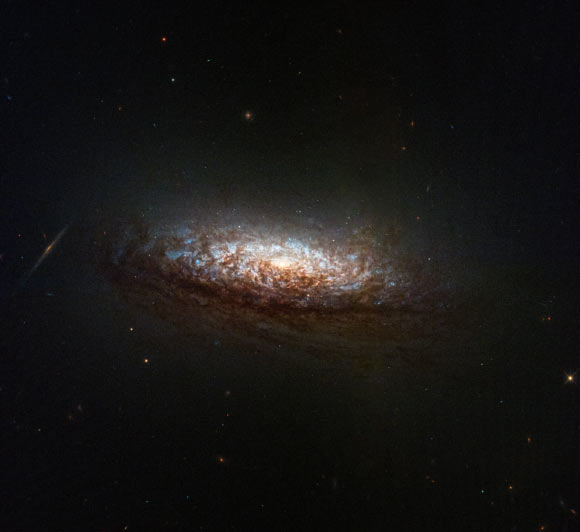
The NASA/ESA Hubble Space Telescope has obtained its first images since changing to an alternate operating mode that uses only one gyroscope, which helps control and orient the telescope. This Hubble image shows NGC 1546, a spiral galaxy approximately 52.5 million light-years away in the constellation of Dorado. Image credit: NASA / ESA / Hubblr…
-
Atlas adds stargazing and astronomy workshops plus eclipse cruises
During the total solar eclipse on Aug. 12, 2026, World Navigator will be in the Arctic off Patreksfjordur, Iceland, and World Traveller will be in the Mediterranean off Palma de Mallorca, ensuring optimal viewing centered in the path of totality for each location. Stargazing and astronomy workshops On the cruises with stargazing and astronomy workshops,…
-
How do you keep astronauts healthy in space? It’s not easy.

Astronaut David A. Wolf works outside the International Space Station (ISS) in 2002. Credit: NASA. In the coming decade, more people will go to space than ever before as human spaceflight enters a new era. NASA, the European Space Agency and other governmental agencies are partnering to develop crewed missions beyond the Moon. At the same time,…
-
James Webb telescope reveals long-studied baby star is actually ‘twins’ — and they’re throwing identical tantrums

A distant star first spotted decades ago is actually a pair of baby stars that are each spewing powerful energy jets parallel to one another, scientists have discovered. The unlikely twins were finally identified thanks to the James Webb Space Telescope (JWST), which peered through a dense cloud of cosmic dust to spy the adjacent…
-
Iconic Crab Nebula shines in gorgeous James Webb Space Telescope views (video, image)
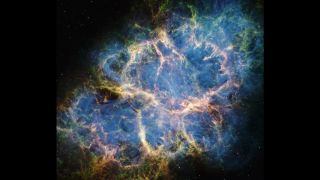
In July 1054, astronomers in China documented a “guest star” in the sky that shone as brightly as Jupiter for nearly a month before gradually fading into invisibility. That “star” was, in fact, a cloud of debris blown into space by a dying star roughly 6,500 light-years away in the constellation Taurus. In the 19th…